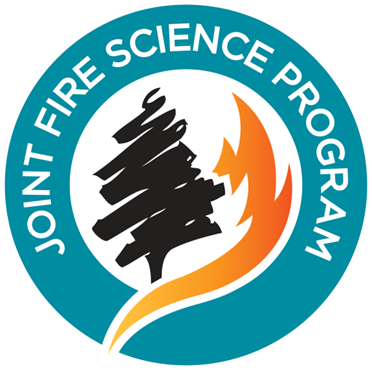Publications Library
. Consistent spatial scaling of high-severity wildfire can inform expected future patterns of burn severity. Ecology Letters. 2023.
. Less fuel for the next fire? Short-interval fire delays forest recovery and interacting drivers amplify effects. Ecology . 2023. Ecology - 2023 - Braziunas - Less fuel for the next fire Short%E2%80%90interval fire delays forest recovery and interacting.pdf (2.97 MB)
Ecology - 2023 - Braziunas - Less fuel for the next fire Short%E2%80%90interval fire delays forest recovery and interacting.pdf (2.97 MB)
Shaded fuel breaks create wildfire-resilient forest stands: lessons from a long-term study in the Sierra Nevada. Fire Ecology. 2023;19. Available at: https://fireecology.springeropen.com/articles/10.1186/s42408-023-00187-2. Shaded fuel breaks create wildfire-resilient forest stands: lessons from a long-term study in the Sierra Nevada.pdf (2.24 MB)
Shaded fuel breaks create wildfire-resilient forest stands: lessons from a long-term study in the Sierra Nevada.pdf (2.24 MB)
. Where and why do conifer forests persist in refugia through multiple fire events?. Global Change Biology. 2021;27(15). Downingetal_2021_RefugiaMultipleFireEvents.pdf (2.14 MB)
Downingetal_2021_RefugiaMultipleFireEvents.pdf (2.14 MB)
. How does tree regeneration respond to mixed‐severity fire in the western Oregon Cascades, USA? Ecosphere. 2020;11(1).
. Can biochar link forest restoration with commercial agriculture? Biomass and Bioenergy. 2019;123.
. Post-fire management affects species composition but not Douglas-fir regeneration in the Klamath Mountains Forest Ecology and Management. 2019;432.
. Patterns of conifer regeneration following high severity wildfire in ponderosa pine - dominated forests of the Colorado Front Range Forest Ecology and Management. 2016;378.
. Tamm Review: Management of mixed-severity fire regime forests in Oregon, Washington, and Northern California Forest Ecology and Management. 2016;In Press.
. Toward a more ecologically informed view of severe forest fires Ecosphere. 2016;7(2).
. Restoring forest resilience: From reference spatial patterns to silvicultural prescriptions and monitoring Forest Ecology and Management. 2013;291.





